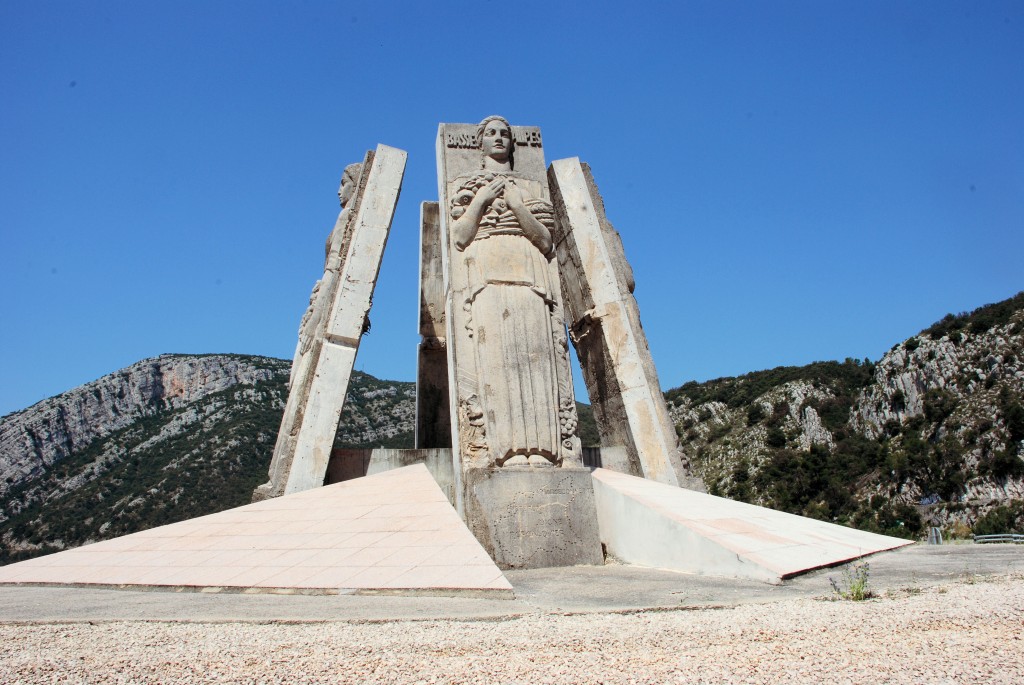ITER NEWSLINE
41
Cadarache — where four départements meet
Robert Arnoux
Cadarache — where four départements meet

The allegories of these four departements, salvaged from the 1935 bridge, stand guard at the southern entrance of the new Pont de Mirabeau, which was rebuilt in 1989.
There were 83 departements in 1790, by now there are 95, plus six overseas territories. License plates bear their number and, in several instances, this number is used in place of the name — you'll hear French people saying they live in "le 13" or work in "le 04"...
For almost two centuries departements were ruled by a "prefet", representing the Republic and the government. In 1982, the "decentralization laws" transferred the departement's executive to the elected President of the General Council (Conseil General). The Republic's authority remained in the hands of the prefet, but the General Council now had jurisdiction over roads, social services, transportation and middle-school, or junior high education — which is called "college" in French.
The four departements which meet at Cadarache are Bouches-du-Rhone, (#13), with a population of almost 2 millions inhabitants; Vaucluse (# 84, pop. 500000); Alpes-de-Haute Provence, one of the largest and least populated of all French departements (#04, pop. 146000) and Var (#83, pop. ~1 million).
The allegories of these four departements, salvaged from the 1935 bridge, stand guard at the southern entrance of the new Pont de Mirabeau, which was rebuilt in 1989.
return to Newsline #41


